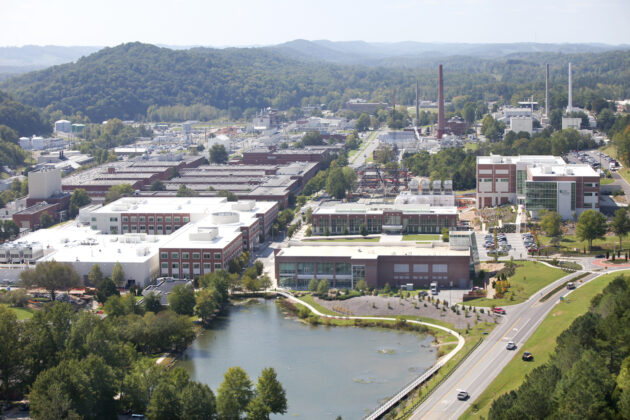
Zeno Power says it has gained access to radioactive material destined for its first full-scale radioisotope power systems under the terms of a partnership with the U.S. Department of Energy.
The transfer of the material from Oak Ridge National Laboratory in Tennessee benefits Zeno as well as the Department of Energy: Zeno — which has offices in Seattle and Washington, D.C. — gets the strontium-90 fuel that it needs for its next-generation RPS. At the same time, the DOE gets an opportunity to put a decades-old RPS to good use instead of putting it through a costly disposal process.
“This transfer highlights another unique approach our team has taken to accelerate environmental cleanup at Oak Ridge,” Jay Mullis, manager of DOE’s Oak Ridge Office of Environmental Management, said today in a news release. “This is a win-win scenario that’s removing a significant source of radioactivity at a savings to taxpayers, while also supporting nuclear innovation.”
Radioisotope power systems, also known as radioisotope thermoelectric generators or RTGs, have been used for decades to provide off-grid power for space missions and other applications. Such devices convert the heat generated by radioactive decay into electricity. Plutonium-238 is often used for space applications, but Zeno is working on a system that uses strontium-90 as an alternative heat source.
Strontium-90 is typically produced as a byproduct in nuclear fission reactors — which means it’s relatively plentiful and less expensive than plutonium. But strontium-based RPSs tend to be bulky, constraining their use to a limited set of terrestrial applications.
Zeno says its technology can increase the specific power of strontium heat sources, opening up a wider array of potential applications in space and on Earth. Its prototype heat source was tested successfully last October at Pacific Northwest National Laboratory in Richland, Wash.. And earlier this week, Zeno announced that it has selected Westinghouse Electric Co. to process the radioactive material for its commercial RPS.
The strontium-90 that was transported from Oak Ridge was contained in a legacy RPS that was built in the mid-1980s. The BUP-500 generator was never deployed, but sat in storage for nearly 40 years. The DOE had expected the material to stay in storage for up to 30 more years before Oak Ridge could dispose of it. Now it will be recycled instead.
The Oak Ridge facility where the BUP-500 had been stored is currently scheduled for demolition. “This transfer accelerates the clean-out around that facility, avoids the costs associated with disposal and significantly reduces liability at ORNL,” Zeno and the DOE said in their news release.
In a document describing the transfer, the DOE said the BUP-500 was to be sent to a commercial nuclear facility in Pennsylvania for processing. Based on Zeno’s previous announcement, it seems likely that the facility is operated by Westinghouse.
Zeno’s co-founder and CEO, Tyler Bernstein, said he appreciated the support from the Department of Energy, Oak Ridge and other partners. “We’ve now demonstrated the core building block of our technology and secured our initial fuel supply chain — positioning us as the clear leader to commercialize RPS technology by 2026,” he said.
Founded in 2018, Zeno Power has secured more than $40 million in contracts from NASA and the Department of Defense to develop radioisotope power systems for use on the seafloor, in orbit and on the surface of the moon. Zeno’s industry partners on a NASA-funded lunar power project include Jeff Bezos’ Blue Origin space venture and Texas-based Intuitive Machines, which is building lunar landers.
Zeno’s investors include Tribe Capital, 1517 Fund, AIN Ventures, Balerion Space Ventures and DCVC.

